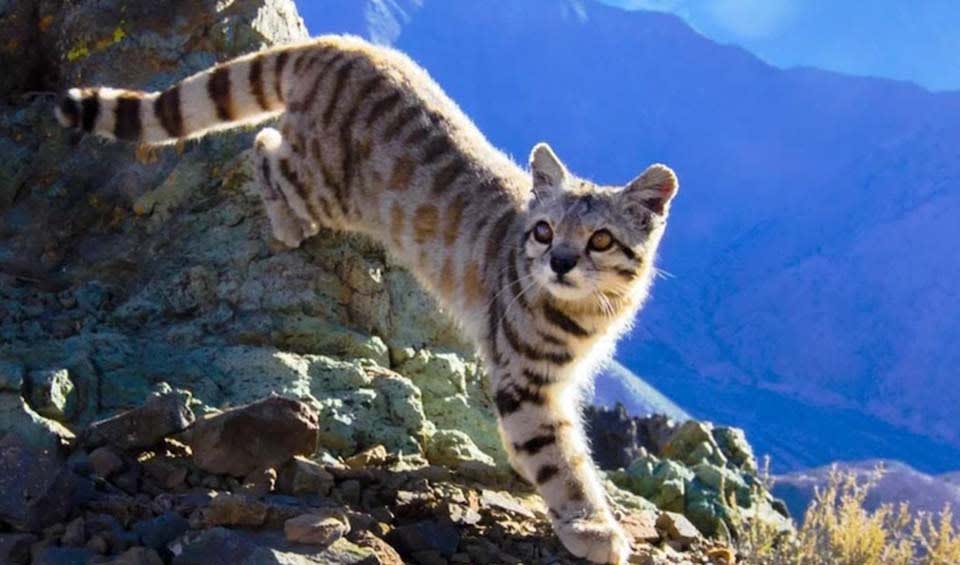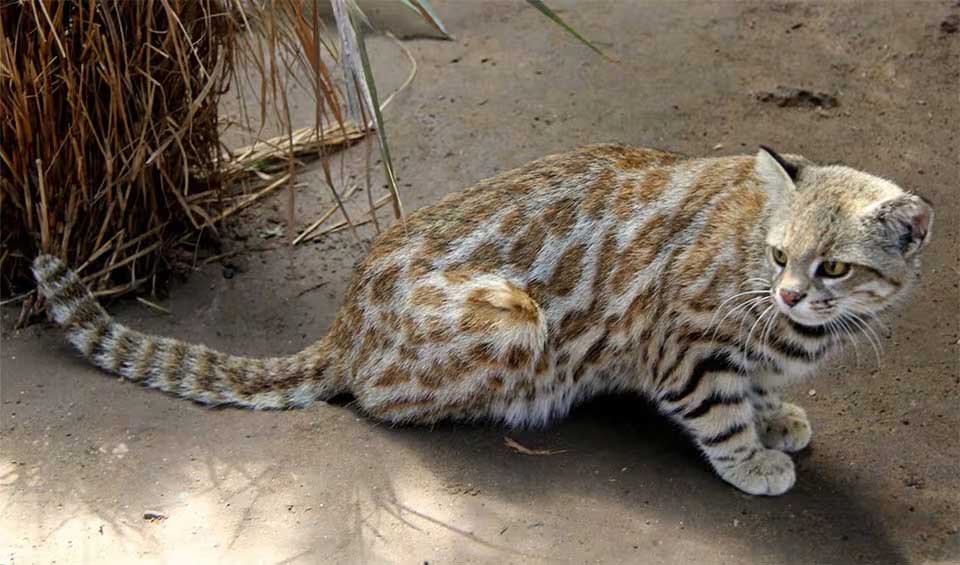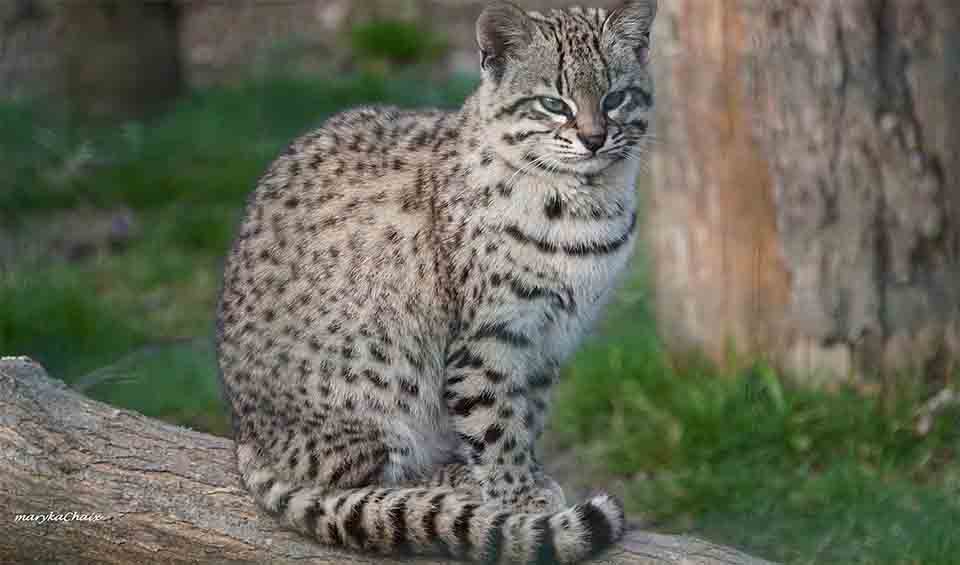Leopardus – American wild cats
Mini leopard-like, tree-dwelling cats from the Americas
This genus encompasses a range of species, including the well-known ocelot (Leopardus pardalis), the margay (Leopardus wiedii), and the endangered Andean mountain cat (Leopardus jacobita). These species are spread across various habitats, from the dense rainforests of the Amazon basin to the arid landscapes of the Andes mountains and even into the southern regions of North America.
Leopardus species are recognized for their strikingly spotted coats, which feature a beautiful array of brown, yellow, and grey hues. These markings provide camouflage within their natural environments and contribute to the genus’s aesthetic appeal. A notable genetic characteristic that sets Leopardus cats apart from other felines is their chromosomal count; they possess 36 chromosomes, in contrast to the typical 38 found in most other cat species. This unique genetic feature has implications for their breeding and hybridization with other feline species.
Many species exhibit a strong preference for an arboreal lifestyle. They are adept climbers who utilize the forest canopy for shelter, safety from predators, and advantageous positions from which to survey their territory and spot potential prey. The trees provide these small cats with a three-dimensional habitat that offers ample opportunities for hunting and evasion.
As carnivores, Leopardus cats have a diet that primarily consists of small mammals, such as rodents, in addition to reptiles, amphibians, and birds. Their hunting strategy often involves stealth and agility, leveraging their compact size and climbing skills to ambush prey unawares.
Many Leopardus species face significant conservation challenges despite their adaptability to diverse habitats. Habitat loss due to deforestation, agricultural expansion, and urban development is a primary threat, leading to the fragmentation of their territories and the isolation of populations. Hunting and persecution by humans, often in retaliation for predation on poultry or other small livestock, further exacerbate their vulnerability.
Species in this genus
Andean mountain cat
One of the rarest wild cats, until recently, most data about them were collected from 2 photographs, 3 skull samples, and 14 skin samples
Kodkod (guiña)
One of the smallest cats, native to central and southern Chile-Argentina
Oncilla
Beneath its fierce exterior lies a tender heart, as it is also known for its loving nature toward its young
Southern tiger cat
A majestic predator that rules the jungle with its stunning stripes, fierce hunting skills, and impressive vocalization abilities
Margay
These wild cats are cute, intelligent, agile, and well-adapted to inhabiting tropical and subtropical forests
Pampas cat
Survival of the fittest? This cat takes it to a whole new level, always ready to pounce and conquer any habitat
Geoffroy’s cat
Small but mighty, this cat is a stealthy predator that swims, climbs and hunts with sass and style
Ocelot
They are picky eaters, often plucking off all the furs or feathers of the prey before start eating them
Pantanal cat
With a purrfect physique and sharp instincts, this cat reigns supreme as the ultimate predator of the wetlands










